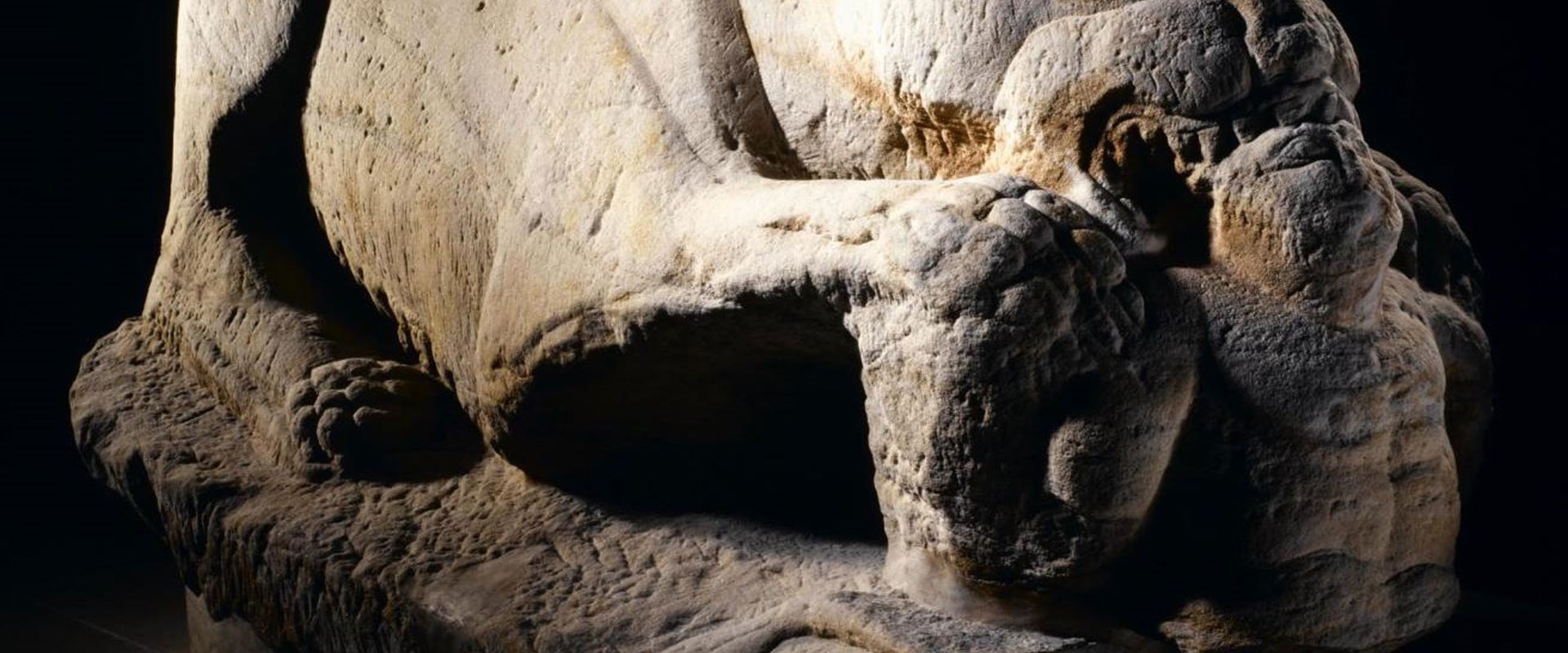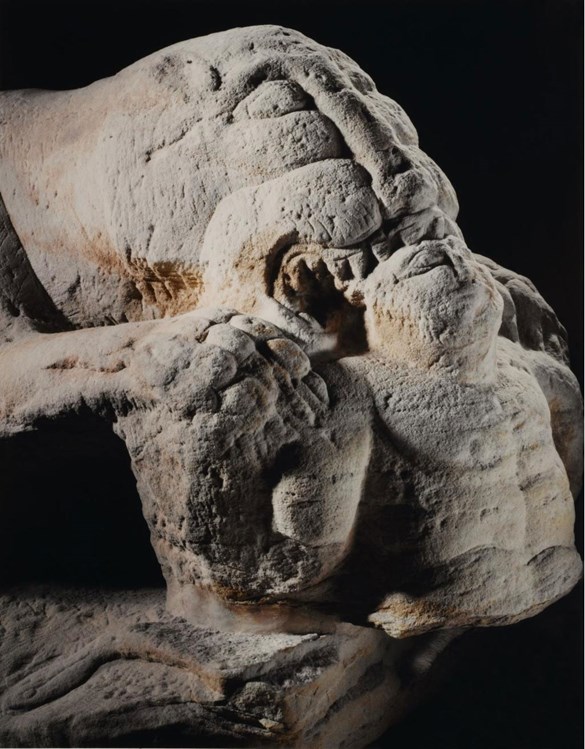Key in a search term below to search our website.
Key in a search term below to search our website.

In 1997, ferryman Robert Graham unearthed a sandstone sculpture from the mud of the River Almond, Cramond, Edinburgh. It turned out to be one of the most important Roman finds in decades.
Date
Mid 2nd - early 3rd century AD
Found
In the mud at the mouth of the River Almond, Cramond, Edinburgh in 1997 by the ferryman Robert Graham
Made from
White sandstone
Acquired
Acquired by National Museums Scotland and City of Edinburgh Council with the aid of the Art Fund
Museum reference
On display
Early People, Level -1, National Museum of Scotland
Did you know?
Cramond is the site of a former Roman Fort.

This imposing stone monument was discovered mired in mud at the mouth of the River Almond in Cramond, Edinburgh. You can explore the area in the map below.
This monument is probably a memorial for a high ranking Roman officer. The sculpture expresses the widespread symbolism of death and depicts a lioness devouring a naked bearded man. He has his hands tied behind his back, and represents a captive, probably a local Caledonian. The two snakes on the base symbolise survival of the soul.

In Roman times, death was not simply a matter of disposing of the body – it was a very important social occasion at which the living affirmed their relationships with the deceased and each other. Funerary rites marked aspects of the dead person's identity. The lioness would mark and protect the dead man’s grave and his memory.
You can explore a 3D model of the sculpture.
Acquired by National Museums Scotland and City of Edinburgh Council with the aid of the Art Fund.
